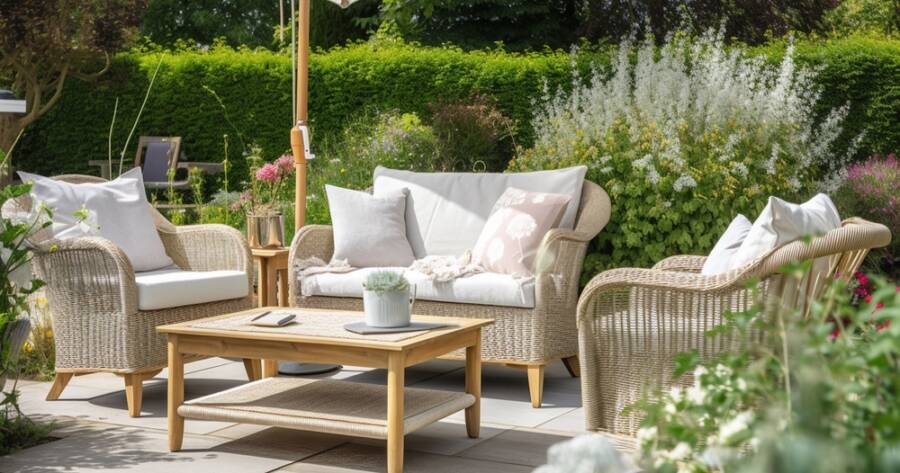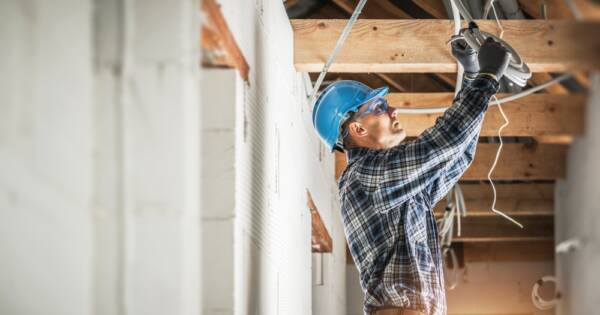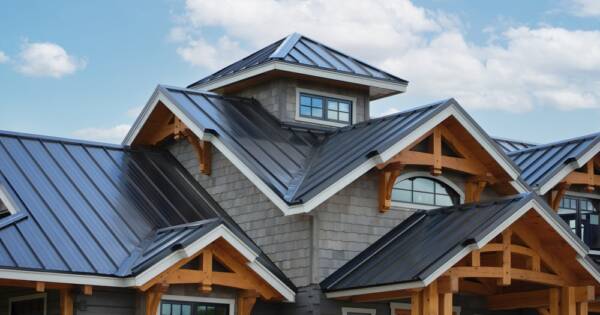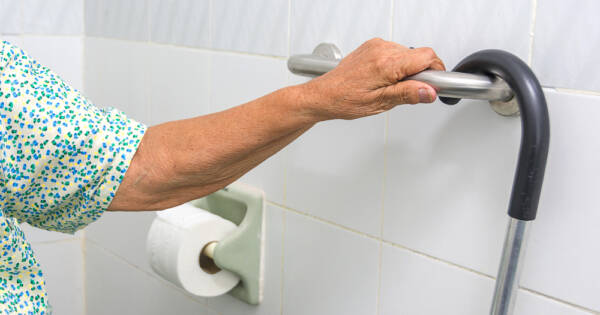Transforming an outdoor space into a cozy retreat involves finding the right patio furniture that balances aesthetics with resilience. Choosing the perfect pieces depends on various factors, including personal style preferences, climate considerations, and budget constraints. With a plethora of options available, individuals may discover that making an informed decision requires thoughtful consideration of both style and durability, ensuring their outdoor oasis can be enjoyed season after season.
Understanding Your Style
An outdoor area should reflect personal tastes and complement the existing décor of the home. Many styles are available, from modern minimalism to rustic charm, offering something for every aesthetic inclination.
Exploring various design elements such as materials, colors, and patterns could help align selections with specific themes. For those who favor sleek lines and neutral tones, metal or glass might appeal, while natural wood and woven textures could cater to traditional tastes. Opting for pieces that resonate with one’s style can enrich the overall ambiance.
Evaluating Material Durability
The durability of patio furniture often hinges on the materials used. Materials such as teak, wrought iron, and aluminum can vary significantly in their resistance to weather elements, potential wear and tear, and maintenance demands. While teak is famous for its ability to withstand the elements, it may require regular oiling to maintain its color.
Aluminum, on the other hand, might offer rust resistance and ease of mobility but could lack the weight and sturdiness of heavier options like iron. Understanding the properties of each material could guide individuals toward selecting pieces that match their environmental conditions and personal maintenance preferences.
Considering Comfort
Comfort can play a pivotal role in maximizing the enjoyment of outdoor spaces. When choosing patio furniture, it might be wise to prioritize ergonomic designs that support relaxation and gatherings.
Cushions and upholstered items could add an extra layer of coziness, though they may demand consideration of fabric durability and weather resistance. Fabrics like Sunbrella are often recommended for their UV resistance and ease of cleaning, but individual assessments of furniture comfort may ensure long-term satisfaction.
Assessing Climate Impact
Climate conditions possibly influence the longevity and maintenance needs of patio furniture. Varied climates—from humid tropics to arid deserts—could impose unique challenges on outdoor furniture. In regions with heavy rainfalls, moisture-resistant materials may be prioritized to prevent mold and decay.
Conversely, extreme sunlight might necessitate UV-resistant finishes to prevent fading and degradation. Considering local weather patterns may aid in adapting furniture choices that withstand specific environmental pressures, reducing the need for frequent replacements or repairs.
Budgeting and Long-Term Value
Balancing style with durability within a budgetary framework could present challenges, but strategic investment might offer long-term benefits. Prioritizing quality over quantity when budgets are tight may result in acquiring key statement pieces that withstand seasonal changes.
Moreover, exploring sales or investing in high-quality protective covers might extend the lifespan of outdoor furnishings. When individuals carefully weigh their spending against potential longevity, they could achieve a harmonious blend of beauty and practicality.
Maintenance Considerations
Ongoing maintenance is often essential for preserving the appearance and functionality of patio furniture. Each material might come with its specific care requirements, influencing the selection process.
Teak and other woods might require seasonal treatments to retain their luster, while metals may need regular cleaning to prevent corrosion. Considering individual willingness to commit to upkeep routines could help in matching furniture choices with practical maintenance capabilities.
Customization and Versatility
For those who seek flexibility in design, customization options may enhance the adaptability of patio furniture. Modular furnishings or pieces with interchangeable components might allow for easy adjustments, catering to different occasions or evolving tastes.
Versatile designs ensure adaptability, potentially offering varied configurations or color options to suit changing moods or thematic adjustments. Engaging with customizable selections may promote a dynamic and responsive outdoor living space.
Learn More Today!
Creating a welcoming and enduring outdoor setting requires a balance of style, comfort, and durability. Weighing various factors such as material properties, climate impact, and personal preferences might help in building a well-rounded approach to purchasing patio furniture.
Careful attention to these elements could enable individuals to forge an outdoor haven that reflects their unique identity while standing the test of time. An informed decision-making process might pave the way for seasons of relaxation and enjoyment in one’s personal outdoor sanctuary.




